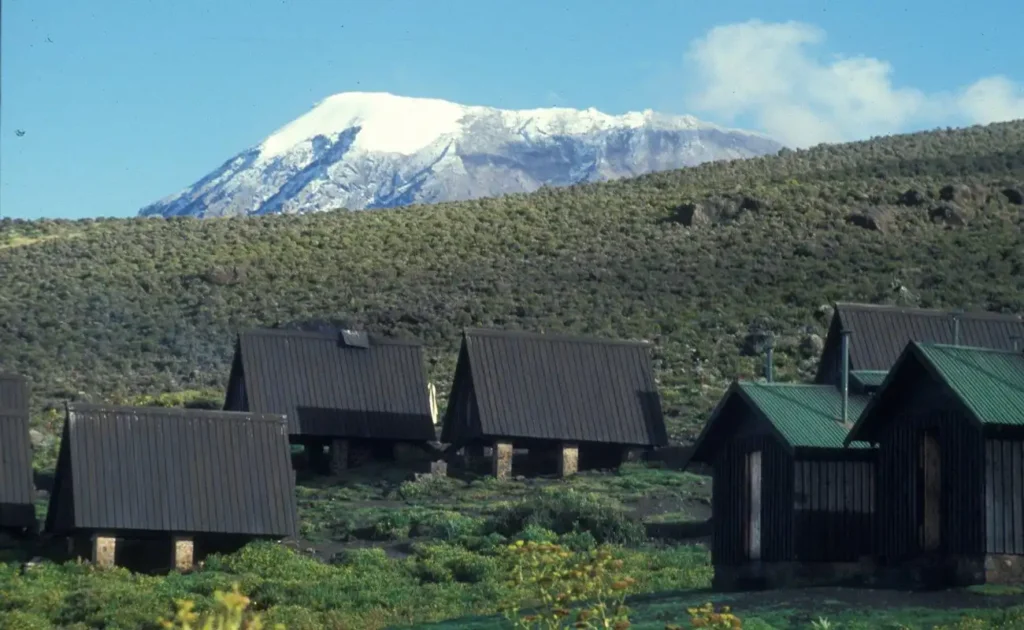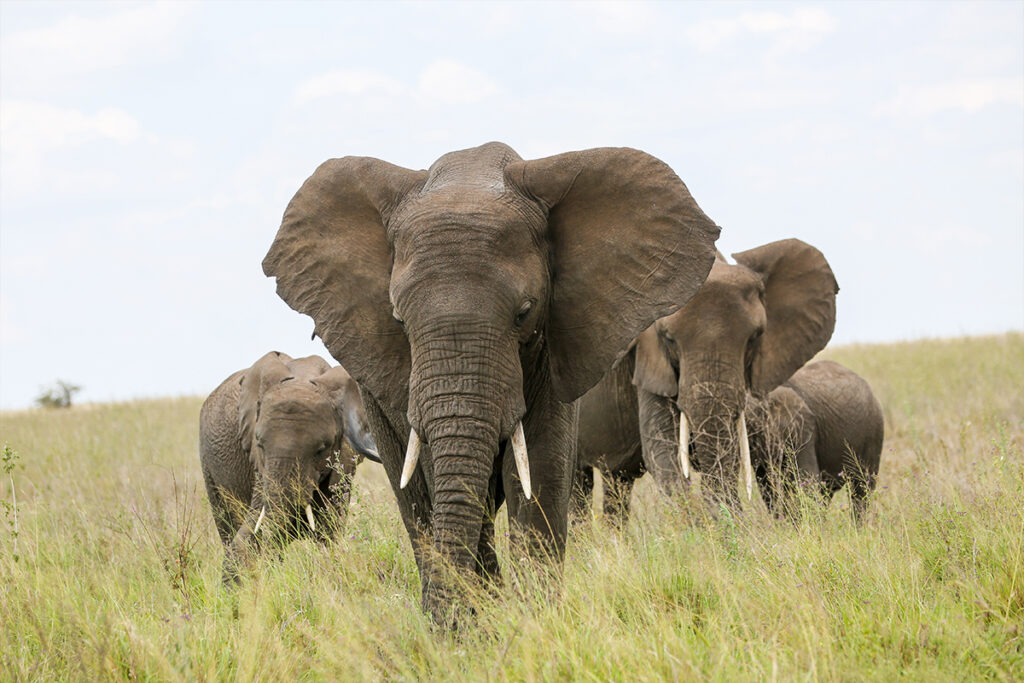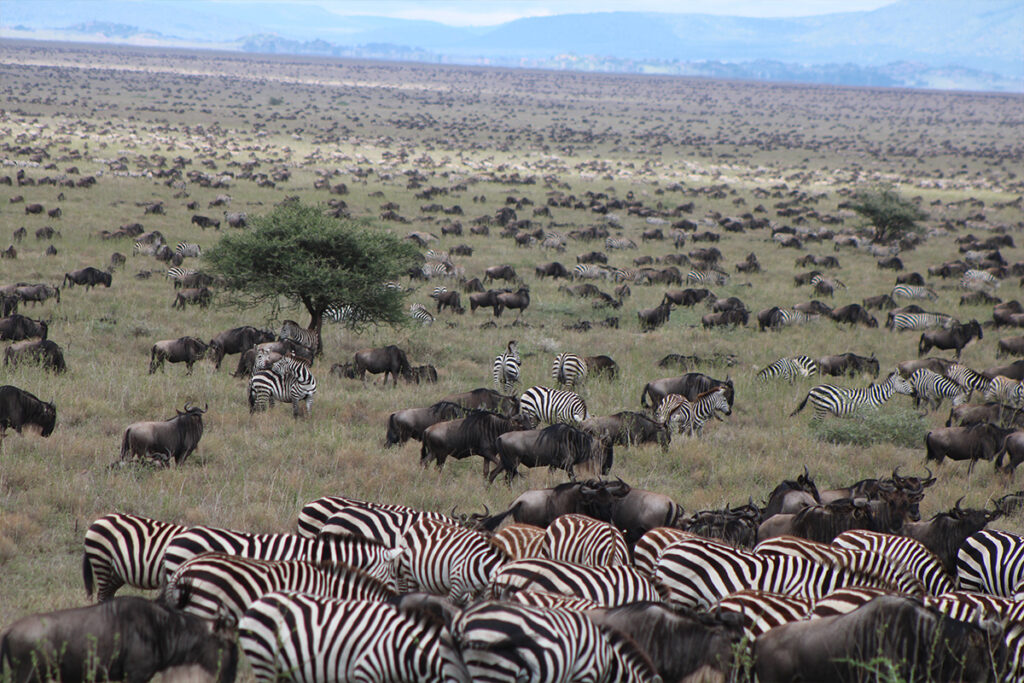Have you ever wondered what it’s like to navigate the vast, untamed landscapes of Tanzania on your own? A self-driving safari offers that rare thrill of being the master of your journey while immersing yourself in the raw beauty of the African wilderness. This type of adventure requires precise planning and a keen sense of logistics, but the rewards are immensely fulfilling.
To start, ensure your vehicle is up to the task; a sturdy 4×4 with good ground clearance is essential. Next, familiarize yourself with Tanzania’s national parks like Serengeti and Ngorongoro Crater, which have a rich history of conservation and biodiversity. Remarkably, over a million tourists visited these parks in 2022, showcasing their spectacular appeal. Additionally, invest in detailed maps and GPS devices to navigate these vast terrains efficiently.

Planning a Self-Driving Safari in Tanzania
Embarking on a self-driving safari in Tanzania means getting ready for an adventure of a lifetime. Begin by researching which national parks to visit, such as Serengeti or Tarangire, known for their wildlife and beautiful landscapes. Each park offers a unique experience, with different animals and scenery to enjoy. Look into accommodation options, as some campsites are more secluded, providing a closer connection to nature. Don’t forget to check the best seasons for viewing wildlife, as timing can make a big difference.
Choosing the right vehicle is crucial for your safari. A reliable 4×4 will handle rough terrains and give you access to remote areas. Ensure the vehicle has necessary equipment like a spare tire and a toolkit. Knowing how to change a tire can save you time on the road. It’s also wise to fill up on fuel whenever you have the chance, as gas stations can be far apart.
- Research national parks
- Choose the right 4×4 vehicle
- Check the best seasons for wildlife viewing
- Fill up on fuel often
Familiarize yourself with the rules and regulations of the parks. Driving off-road is not allowed, and some areas may require a guide. Respecting these rules ensures the preservation of the wildlife and their habitats. Furthermore, park entrances may have different operating hours and fees. Planning ahead can help you avoid unpleasant surprises.
Equipping yourself with the right gear enhances your safari experience. Pack binoculars for observing distant animals and a good camera to capture memories. Bring maps or a GPS device, as cell service can be unreliable. Don’t forget essentials like sunscreen and bug spray for protection against the elements. Proper preparation makes your journey more enjoyable and stress-free.
Choosing the Right Vehicle for the Safari
Selecting the correct vehicle for your safari is crucial. A 4×4 is often the best choice for its strong build, which can handle rough terrains. These vehicles come with high ground clearance, making it easier to drive over bumps and through water. They also provide a better vantage point, allowing you to see more wildlife. Just be sure to inspect the vehicle thoroughly before setting out to avoid issues on the road.
Consider renting a vehicle with additional features that enhance your experience. These could include a pop-up roof, letting you observe wildlife safely without needing to exit the vehicle. Air conditioning is another worthwhile feature, providing comfort in Africa’s heat. Some vehicles also come equipped with a GPS and extra storage for all your gear. These extras might seem small, but they can make a big difference during your journey.
Navigating the safari park requires specific equipment and tools. Essentials to have include a spare tire, jack, and basic toolkit. These items are vital, as breakdown services might not be readily accessible. Carrying extra fuel and a fuel can is also wise because gas stations might be spread out. This preparation ensures you’re ready for unexpected situations.
- High ground clearance
- Pop-up roof
- Spare tire and jack
- Extra fuel
Finally, don’t forget to check the rental policy for insurance coverage. Insurance can protect you from costly repairs if anything goes wrong. Read the policy carefully, ensuring it covers off-road driving and wildlife encounters. Clarify any doubts with the rental company before signing. This peace of mind will let you focus on enjoying the safari.
Mapping Out an Appropriate Route
A successful self-driving safari in Tanzania begins with mapping out a well-thought-out route. Start by identifying the key national parks you want to visit, such as the Serengeti or Ngorongoro Crater. Each park has specific entry points and routes that offer the best wildlife viewing. Plan your route to maximize the time spent in the most popular areas. This will make your safari more enjoyable and productive.
Use detailed maps or GPS devices to plot your journey accurately. These tools help you avoid getting lost and provide information on distances between parks. Many GPS devices also alert you to nearby points of interest or service stations. Having a reliable navigation system reduces the stress of traveling through unfamiliar territories. It’s a good idea to carry physical maps in case your GPS fails.
Consider the distance between destinations and the driving time required. Parks in Tanzania can be large, and driving between them may take several hours. Plan for rest stops and overnight stays along your route to keep the journey manageable. Also, check the road conditions, as some roads may be impassable during the rainy season. Adjust your plans accordingly to ensure safe travel.
- Identify key parks
- Use GPS and maps
- Plan rest stops
- Check road conditions
Before setting out, verify any necessary permits or fees required to enter these parks. Some parks have specific regulations or limits on the number of vehicles allowed. Obtaining permits in advance saves time and ensures compliance with park rules. Researching these requirements as part of your route planning helps avoid any last-minute complications. Being well-prepared makes for a smooth and enjoyable safari experience.
Understanding the Rules and Regulations of Tanzanian Parks
Before embarking on your safari in Tanzania, it’s important to understand the rules and regulations of the parks. These guidelines are in place to protect wildlife and ensure visitor safety. For example, staying on designated roads prevents damage to ecosystems. Driving off-road is strictly prohibited, as it disturbs animals and harms the landscape. Following these rules helps preserve the beauty of the parks for future generations.
Each park has specific entry and exit times, generally from sunrise to sunset. Observing these hours ensures that animals have quiet times during the night. Violating entry times can result in fines or restricted access. Furthermore, keeping noise levels down is crucial for maintaining the peace of the park. Quiet observations allow for better wildlife spotting.
When it comes to interacting with wildlife, maintaining a safe distance is essential. Getting too close to animals can be dangerous for both you and them. Feeding or attempting to touch animals is not allowed, as it alters their natural behavior. It’s important to respect their habitat and allow them to roam freely. Observing from a distance keeps everyone safe.
Always have the proper permits and documentation when visiting the parks. Most parks require a permit, which can be obtained at the entry gates or park offices. Check that your permits reflect the number of days you plan to visit. This step avoids any issues while exploring the parks. Being prepared with the right paperwork ensures a worry-free experience.
- Stay on designated roads
- Observe park hours
- Maintain a safe distance from animals
- Obtain necessary permits
Understanding regulations also involves knowing the emergency procedures. Park rangers are available to assist if you encounter any problems. Familiarize yourself with emergency contact numbers before your visit. Having this information on hand provides peace of mind. Preparedness is a key part of having a safe and enjoyable safari.
Key Considerations when Self-Driving in Tanzania
When planning a self-driving safari in Tanzania, safety is paramount. The country’s roads can be challenging, with unexpected obstacles and varying conditions. Make sure your vehicle is well-maintained and includes necessary equipment like a spare tire and first aid kit. Always fill up on fuel when you can, especially before heading into remote areas. Proper preparation minimizes risks and keeps you safe.
Navigation is a crucial aspect of self-driving in Tanzania. Reliable maps and GPS devices are essential tools for successful navigation. These guide you through national parks and help ensure you won’t lose your way. It’s a good idea to have backup maps in case technology fails. Be prepared for limited connectivity in certain areas.
Another consideration is to be aware of local customs and driving etiquette. Tanzanians generally drive on the left side of the road. Becoming familiar with road signs and speed limits is important to avoid fines or accidents. A cautious and respectful approach to driving earns goodwill with locals. This consideration enhances your experience while traveling.
- Vehicle safety and maintenance
- Reliable GPS and maps
- Knowledge of local driving customs
- Understanding of road signs and speed limits
Adhering to park rules and respecting wildlife enhances the safari experience. Keep a safe distance from animals, and never try to feed them. Following these guidelines protects both you and the local fauna. Observing animals from afar allows for a more authentic experience. Respecting nature ensures its preservation for future visitors.
Dealing with Potential Challenges on a Self-driving Safari
Embarking on a self-driving safari in Tanzania presents unique challenges. Wildlife encounters, for example, can surprise even seasoned travelers. It’s important to remain calm and stay inside your vehicle when near large animals. Keeping a respectful distance prevents accidents and disturbances. Observing animals from inside offers safety and an amazing view.
Technical issues are another consideration when driving through remote areas. Your vehicle might encounter mechanical problems, so carrying basic tools and a spare tire is wise. Knowing how to perform minor repairs can save time and stress. Satellite phones or communication devices ensure you can call for help when needed. This readiness helps tackle unforeseen situations effectively.
Navigating vast and unfamiliar landscapes can be daunting. Dense vegetation and unmarked paths often obscure routes. Relying on a trusted GPS or detailed maps is crucial for finding your way. It’s also important to keep track of your progress and identify landmarks. Doing so assures you won’t veer off course unexpectedly.
- Stay calm around wildlife
- Carry basic repair tools
- Use GPS and detailed maps
Weather in Tanzania can also be unpredictable. Heavy rains may make certain roads impassable. Checking the weather forecast before setting out helps you plan around bad conditions. Having alternative routes in mind can be a lifesaver. Adapting to weather changes ensures your trip stays on track.
Food and water supplies are also crucial while on a safari. Some areas may not have resources readily available. Packing enough provisions guarantees you’re well-fed and hydrated throughout your journey. It’s wise to have a small cooler for perishable items. Planning ahead ensures comfort and well-being on your adventure.
Key Takeaways
- Research key parks and plan your route for maximum wildlife viewing.
- Choose a reliable 4×4 vehicle with necessary equipment for the safari.
- Understand and follow park rules to protect wildlife and yourself.
- Prepare for challenges like technical issues or unpredictable weather.
- Pack enough food, water, and gear to stay comfortable and safe.
Conclusion
Embarking on a self-driving safari in Tanzania requires careful planning and preparation. Understanding the landscape, vehicle necessities, and park regulations enhances the adventure. Each step ensures that the journey is safe and unforgettable. The rewards of such detailed planning are numerous, offering insights into wildlife and nature’s wonders.
Anticipating challenges and having strategies to manage them are crucial for a seamless experience. From navigating unpredictable terrains to respecting wildlife, being well-prepared makes a significant difference. This professional approach enriches the safari adventure, leaving lasting impressions and cherished memories. Tanzania’s natural beauty and vibrant ecosystems await the keen explorer.



